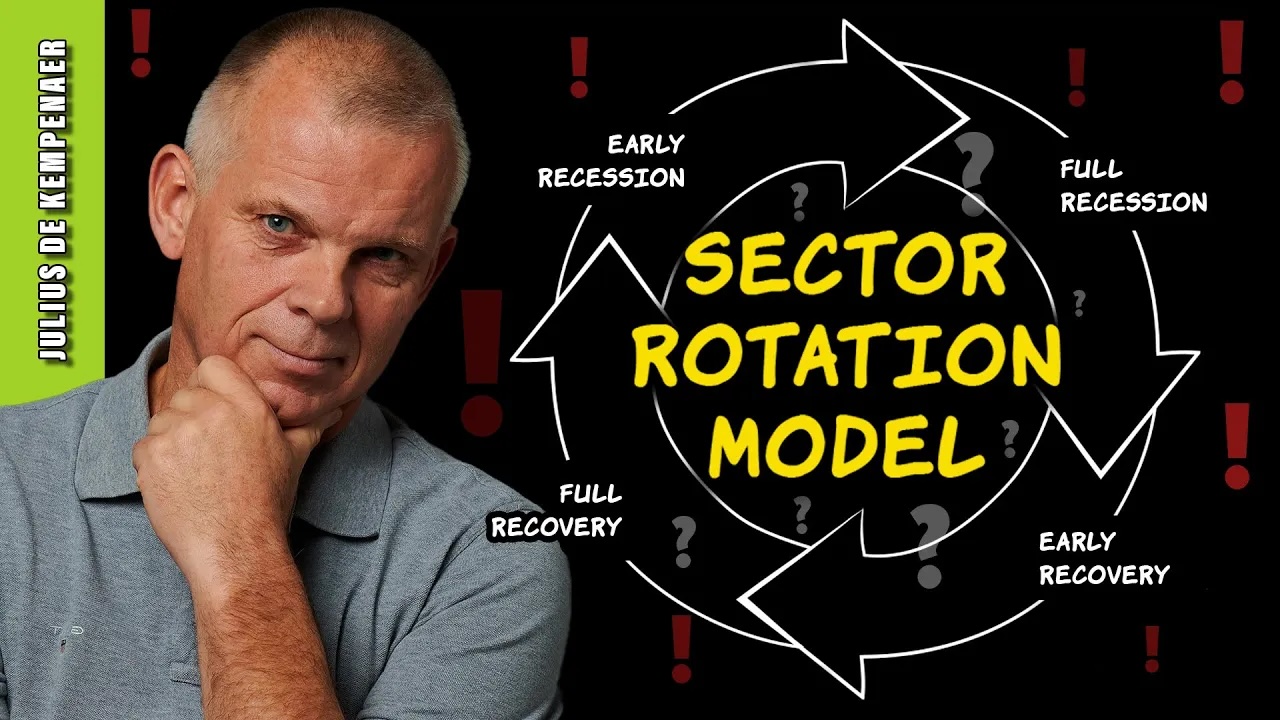“These Americans are struggling to pay their bills on time,” the New York Fed said.

Low-income borrowers are increasingly missing out on car loan and credit card payments and ultra-low mortgage rates, according to a new report from the Federal Reserve Bank of New York.
The New York Federal Reserve used the anonymized Equifax EFX.
Credit report data and income data from the 2016 Census Bureau’s American Community Survey. This report is the third in a series looking at how low-income households handle finances and access to credit.
“Low- and middle-income debt holders are struggling in the wake of today’s pandemic,” the authors said in a report released Thursday. “We see this in the increase in early delinquency on auto and credit card debt.”
The authors found that low-income borrowers began missing payments on their auto and credit card debt starting in 2022, pushing delinquency rates above pre-pandemic levels.
“Financial stress appears to have increased,” the authors said in the report.
The median auto loan origination balance for borrowers in low-income areas was $24,700 in the third quarter of 2023, compared to $18,500 at the end of 2019.
Many low-income households also missed out on the mortgage refinancing boom during the pandemic, and many homeowners jumped at the opportunity to switch to historically low mortgage rates, the New York Fed authors said.
“Most low-income homeowners missed the opportunity to lower their monthly mortgage payments by not refinancing during the mortgage refinancing boom,” they noted.

The New York Fed found that “there was little growth in refinanced mortgages in low-income areas” compared to borrowers in high-income areas.
According to the report, only 24% of mortgages in low-income areas were refinanced between 2020 and 2021, compared to 42% of mortgages in high-income areas.
About 23% of U.S. homeowners have mortgage rates below 3%, which they likely earned during or before the pandemic, according to government data analyzed by Redfin. Current mortgage rates are much higher, averaging 6.6%, according to Freddie Mac.
Low-income areas have lower levels of homeownership and lower percentages of people with mortgages, the New York Fed found.
And in low-income areas, 57% of households are rent-burdened, while in high-income areas, 44% of households are rent-burdened. Households that pay more than 30% of their monthly income in rent are defined as rent burdened.



